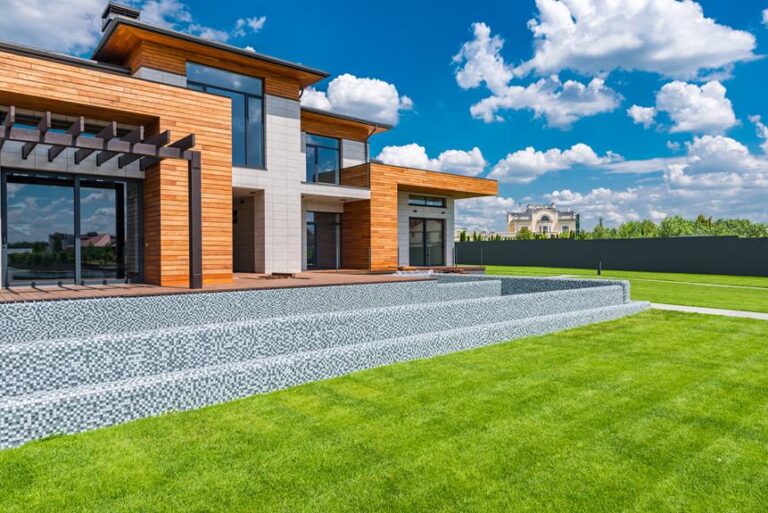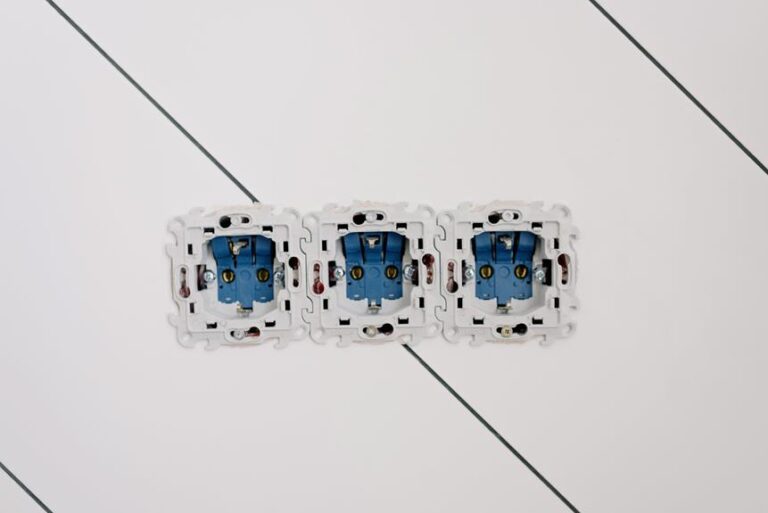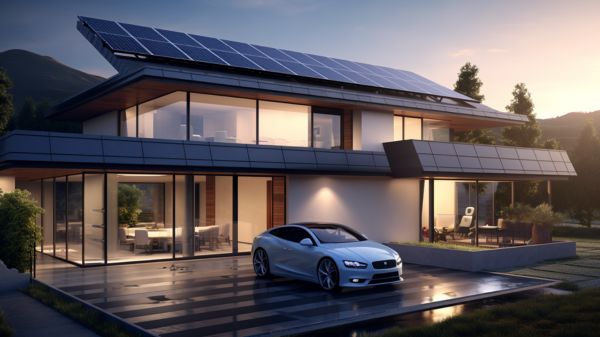Exploring Green Construction Methods for Sustainable Homes
We are here to explore green construction methods for building sustainable homes. We believe in creating spaces that not only benefit the environment but also foster a sense of belonging.
By incorporating passive solar design, energy-efficient insulation, rainwater harvesting systems, sustainable materials, and green roofing options, we can create homes that are not just eco-friendly, but also comfortable and cost-effective.
Join us on this journey as we discover the possibilities of building a greener future together.
Passive Solar Design
Passive solar design utilizes the natural energy from the sun to heat and cool homes efficiently. This design approach harnesses the power of sunlight to provide solar heating, reducing the need for traditional heating systems.
One key element of passive solar design is the use of thermal mass. Thermal mass refers to materials that can absorb and store heat energy from the sun during the day, and then release it slowly during the night. Common materials used for thermal mass include concrete, bricks, and tiles. These materials have the ability to retain heat, creating a more stable and comfortable indoor temperature.
Energy-Efficient Insulation
One key aspect of energy-efficient homes is the use of high-quality insulation. Proper insulation plays a crucial role in reducing heat loss and improving thermal performance, resulting in lower energy consumption and reduced utility bills.
When it comes to energy-efficient insulation, homeowners have a range of options to choose from. Here are five eco-friendly insulation materials worth considering:
- Cellulose insulation: Made from recycled paper, it’s an affordable and sustainable option.
- Wool insulation: Harvested from sheep, it’s a natural and renewable material with excellent thermal properties.
- Recycled denim insulation: Made from repurposed denim, it’s an eco-friendly alternative that provides effective insulation.
- Spray foam insulation: This expanding foam fills gaps and cracks, creating an airtight seal for maximum energy efficiency.
- Aerogel insulation: With its high R-value, this lightweight material offers superior thermal performance while being environmentally friendly.
Rainwater Harvesting Systems
We actively install rainwater harvesting systems to maximize water conservation in sustainable homes.
Rainwater harvesting is a water conservation technique that involves collecting and storing rainwater for various uses. There are several benefits of rainwater harvesting.
Firstly, it reduces the demand for municipal water supply, which in turn reduces the strain on local water resources. By using rainwater for non-potable purposes such as irrigation and toilet flushing, we can conserve valuable drinking water.
Additionally, rainwater harvesting systems can help reduce stormwater runoff, minimizing the risk of flooding and erosion. Moreover, rainwater is naturally free of chemicals like chlorine and fluoride, making it ideal for certain household tasks.
Sustainable Materials
To create sustainable homes, our focus is on utilizing environmentally friendly materials. When it comes to sustainable materials, there are several options that can be used in construction. Here are five examples:
- Recycled concrete: This material is made from crushed concrete and can be used for foundations, walls, and pavements. It reduces the need for new concrete production and helps to minimize waste.
- Bamboo flooring: Bamboo is a fast-growing grass that can be harvested sustainably. It’s a durable and renewable alternative to hardwood flooring, and it adds a natural and warm feel to a home.
- Reclaimed wood: Using reclaimed wood from old buildings or furniture reduces the demand for new timber and helps to preserve forests. It can be used for flooring, furniture, and decorative elements.
- Cork: Cork is harvested from the bark of cork oak trees without harming them. It’s a renewable and biodegradable material that can be used for flooring, insulation, and wall coverings.
- Recycled glass: Glass can be recycled and transformed into tiles, countertops, and decorative elements. Using recycled glass reduces the energy and resources needed for glass production.
These sustainable materials not only contribute to a healthier environment but also create a unique and inviting atmosphere in our homes.
Green Roofing Options
Continuing our exploration of sustainable materials, let’s delve into the realm of green roofing options. When it comes to creating a sustainable and eco-friendly home, the roof plays a crucial role. Two popular green roofing options to consider are cool roof technologies and living roofs.
Cool roof technologies are designed to reflect more sunlight and absorb less heat compared to traditional roofs. This helps to reduce the amount of energy needed for cooling the home, leading to lower energy bills and a smaller carbon footprint. Cool roofs are typically made from materials with high solar reflectance, such as white or light-colored coatings.
Living roofs, also known as green roofs, are another great option for sustainable homes. These roofs are covered with plants, which provide a range of benefits. They help to absorb rainwater, reduce stormwater runoff, and improve air quality by filtering pollutants. Additionally, living roofs provide insulation, reducing energy consumption for heating and cooling. They also create a habitat for birds, insects, and other wildlife, promoting biodiversity in urban areas.
Conclusion
Exploring green construction methods for sustainable homes isn’t just about being environmentally friendly, but also about creating a better future for ourselves and the generations to come.
It’s like planting a seed and watching it grow into a beautiful, resilient tree that provides shade, sustenance, and a haven for wildlife.
By incorporating passive solar design, energy-efficient insulation, rainwater harvesting systems, sustainable materials, and green roofing options, we can build homes that aren’t only energy-efficient but also contribute to a healthier planet.
Let’s make the choice to build sustainably and nurture our environment.






